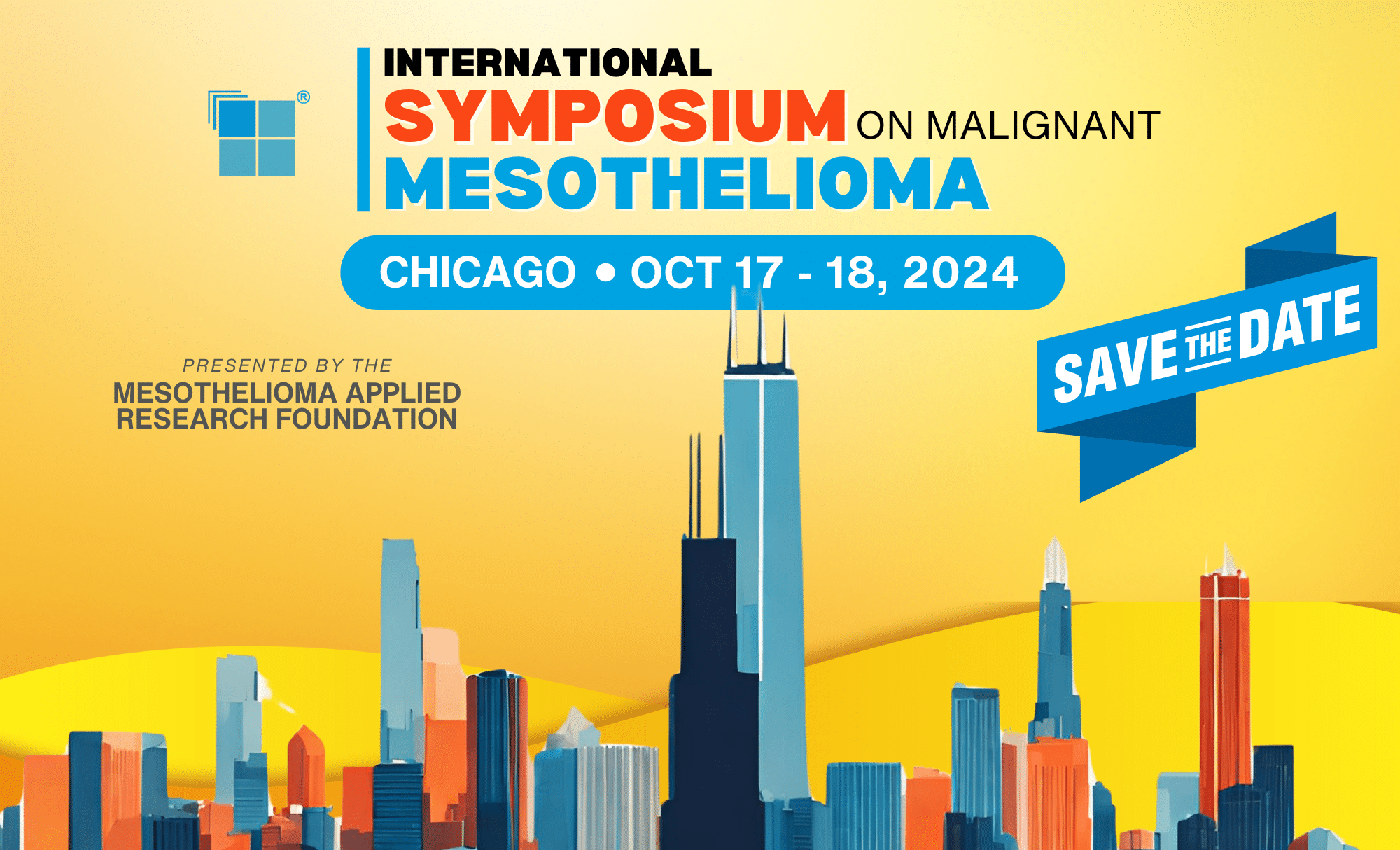A new article reviewing progress and advances that occurred in 2017 in the management of pleural mesothelioma was just published in the May 2018 issue of the Journal of Thoracic Oncology.
The publication is the result of collaboration among mesothelioma experts from around the world, including several current and former members of the Mesothelioma Applied Research Foundation’s Science Advisory Board.
Diagnosis and Staging
Dr. Aaron Mansfield, a medical oncologist at Mayo Clinic and one of the authors of the report, summarized for us some of the main points in the review, starting with new developments in diagnosis and staging.
“Preclinical and translational studies have identified biomarkers that might have prognostic or predictive significance,” he said in reference to continued and expanded study into mesothelin, osteopontin, fibulin-3, and high mobility group box 1 (also known as HMGB1).
The review also discusses drastic improvements in staging led by Dr. Valerie Rusch of Memorial Sloan Kettering Cancer Center through studies in part funded by the Mesothelioma Applied Research Foundation. A second portion of the staging project, focusing on standardizing the assessment of tumor volume across institutions, is currently underway. The authors of the review highlight the significance of this work by stating that “tumor volume is increasingly recognized as […] a prognostic factor; however, valid and reliable measurement […] is difficult.”
“Volumetric imaging techniques continue to improve and results from some very exciting trials underway should be available soon,” added Dr. Mansfield.
BAP1 gene
In 2017, we also saw an expanded understanding of the BAP1 gene and its ramifications. In addition to germline (inherited) BAP1 mutations, we now know that BAP1 is the also the most frequently acquired (non-inherited) mutation in mesothelioma. Moreover, researchers have identified some of the functions of BAP1 that contribute to development of mesothelioma. An interesting finding reported in 2017 suggests that in mesothelioma patients who are carriers of germline (inherited) BAP1 mutations, extended survival is common.
Therapies
The report concludes that while 2017 saw important advances, few “would be considered practice changing.” This reiterates the role of Alimta (pemetrexed) based therapies as standard of care. The authors appear cautiously enthusiastic about immunotherapy, however they underscore that it is still unclear “whether the benefits of […] immunotherapy will outweigh the increased risk of toxicity.” They do point out that results from several important trials in this area will not be available until 2018-2019.
On this topic, the authors note that “Although physician-directed immune checkpoint inhibitor therapy has now been included in the current National Comprehensive Cancer Network Guidelines as an option for second-line therapy for MPM, the efficiency of this approach remains unproved, and as such these patients should primarily be encouraged to enroll in ongoing clinical trials.”
“Our publication shows that investigators remain very active and engaged with studying mesothelioma to improve outcomes for our patients,” concluded Dr. Mansfield.




